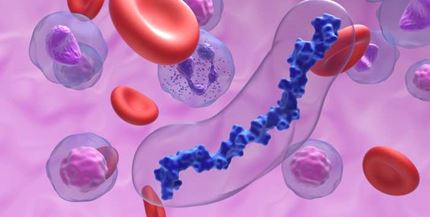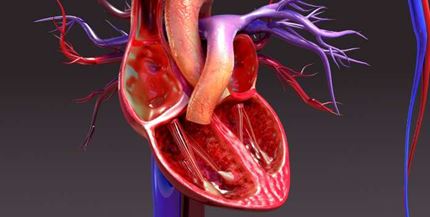Password Reset
Forgot your password? Enter the email address you used to create your account to initiate a password reset.
Forgot your password? Enter the email address you used to create your account to initiate a password reset.
Drs. Belinda Rivera-Lebron and Catalin Toma each present from the 2016 UPMC Department of Medicine Grand Rounds. Dr. Rivera-Lebron discusses Pulmonary Thromboembolism and the approach to treatment that involves multiple disciplines. Dr. Toma discusses acute PE and the emerging percutaneous options for chronic thromboembolic pulmonary hypertension.
Educational objectives:
Upon completion of this activity, participants should be able to:
Reading Resources:
Disclosures:
Dr. Rivera-Lebron has financial interests with the following entity or entities producing health care goods or services as indicated below:
Grant/Research Support: Actelion, as site for PI clinical trial
Dr. Toma has reported no relevant relationships with entities producing health care goods or services.
All presenters disclosure of relevant financial relationships with any entity producing, marketing, re-selling, or distributing health care goods or services, used on, or consumed by, patients is listed above. No other planners, members of the planning committee, speakers, presenters, authors, content reviewers and/or anyone else in a position to control the content of this education activity have relevant financial relationships to disclose.
Accreditation Statement:
In support of improving patient care, the University of Pittsburgh is jointly accredited by the Accreditation Council for Continuing Medical Education (ACCME), the Accreditation Council for Pharmacy Education (ACPE), and the American Nurses Credentialing Center (ANCC), to provide continuing education for the healthcare team.
The University of Pittsburgh designates enduring material activity for a maximum of 1 AMA PRA Category 1 Credit[s]™. Physicians should claim only the credit commensurate with the extent of their participation in the activity.
Other health care professionals will receive a certificate of attendance confirming the number of contact hours commensurate with the extent of participation in this activity.
For your credit transcript, please access our website 4 weeks post-completion at http://ccehs.upmc.com and follow the link to the Credit Transcript page. If you do not provide the last 5 digits of your SSN on the next page you will not be able to access a CME credit transcript. Providing your SSN is voluntary.
.
ABIM MOC Part 2 Credit
Successful completion of this CME activity, which includes participation in the evaluation component, enables the participant to earn up to 1 MOC points in the American Board of Internal Medicine's (ABIM) Maintenance of Certification (MOC) program. Participants will earn MOC points equivalent to the amount of CME credits claimed for the activity. It is the CME activity provider's responsibility to submit participant completion information to ACCME for the purpose of granting ABIM MOC credit.
To receive your ABIM MOC Part 2 credit, you will need to complete the post-test with a pass rate of 100% and provide your date of birth and ABIM number, along with the other required fields. This information will be shared with the American Board of Internal Medicine using the Accreditation Council for Continuing Medical Education Program and Activity Reporting System.
Release Date: 2/14/2017 | Last Modified On: 4/20/2021 | Expires: 3/21/2022


